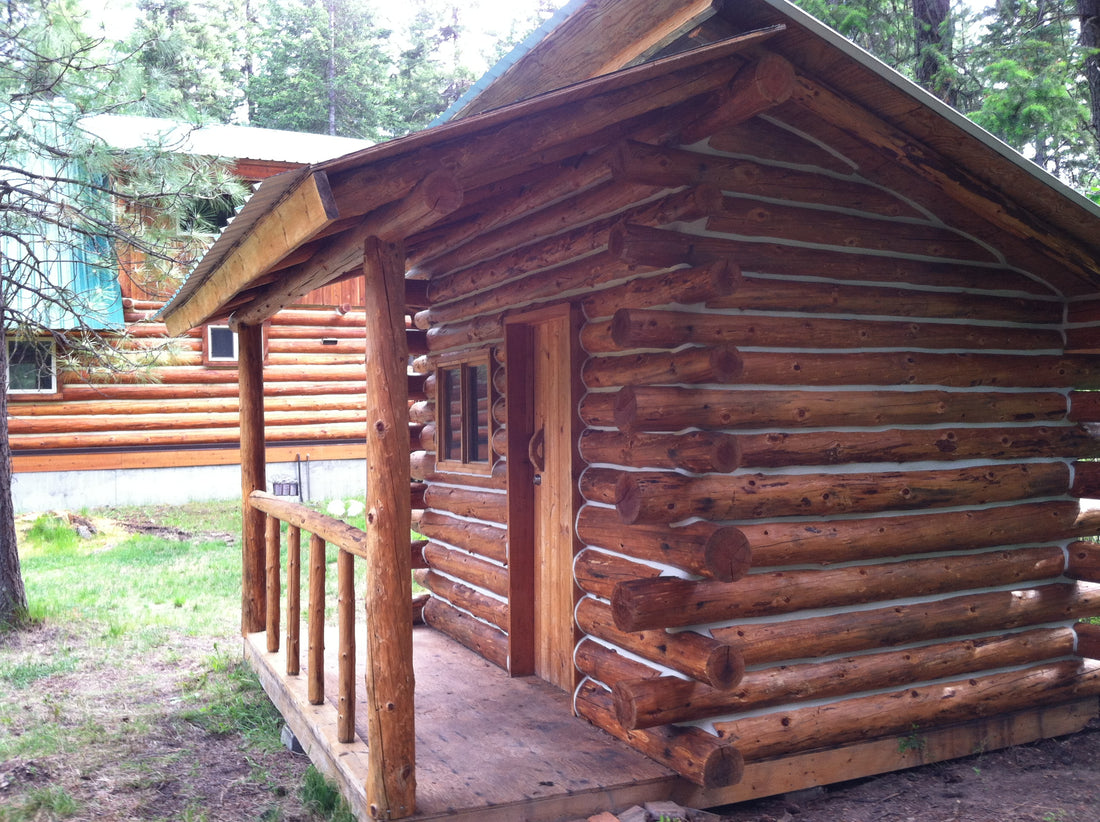
HOW TO FIX WOOD STAIN MISTAKES
Share
Wood stain is meant to not only protect the wood, but also enhance the natural beauty of the grain and color. A bad stain job can make even the most beautiful wood homes and log cabins look tacky. Whether you are staining a deck and notice some issues, or you are working on fixing a project that someone else has done, there are several ways to make mistakes while staining. The stain could be uneven in color, have drips or rings, or be the wrong color. However, there are usually simple ways to fix wood stain mistakes.
Evaluate The Wood Stain Mistake
Before you begin fixing the stain mistake on your wood home or log cabin, the first step is to evaluate what the stain mistake is to see how it can best be fixed. Evaluate what went wrong, because there are a number of things that can make stain look bad, and different mistakes require different treatment to repair the damage. Is the surface uneven, causing the stain to penetrate one area deeper than others? Or was more stain applied to one area, causing uneven color? Maybe you notice drips or rings left behind from paint cans or brushes. Is the surface tacky to the touch, or is the stain a shade too light or two dark? Inspect the full deck or home to see what areas might need repairs and evaluate the root cause of the problem.
Common Wood Stain Mistakes And How To Fix Them
Uneven Stain Coloring - Too Light
If you find that some areas of the wood stain are lighter than the target color you have in your head, you can apply additional stain to those areas. Use a piece of cloth or rag to apply another coat of the same stain to the wood in the area that is too light. Avoid applying stain to areas that are already the correct color; if you do accidentally get stain on these areas, simply wipe it off with a clean rag. Avoid adding too much stain to the areas that are too light; you can always go darker with additional stain later.
Uneven Coloring - Too Dark
In the opposite scenario, if there are areas of stain that are too dark, you can use a stain thinner to pull some of the color off the wood. Again, be careful to only apply thinner to the area that is too dark, and start gently, as you can always remove additional coloring later.
Blotching In Stained Project
Sometimes, the type of wood you are working with is susceptible to blotches. These can include birch, maple and pine woods, as different areas soak up different amounts of stain as the wood density varies throughout. If you notice a blotchy area, sand it with a gritty sandpaper, then use a mineral spirit to wipe the area clean. Apply a gel stain evenly across the surface, and wipe it with a rag.
Sticky Wood Stain
Is the wood still tacky to the touch or sticky, even after hours of drying? That may be extra stain left on the wood that didn’t get absorbed. Try using a stain thinner, applying it to the sticky surface and wiping it off right away. This removed the excess stain.
Drips Or Streaks
Drips and streaks are common wood staining mistakes, and can be easily overlooked during the staining process. If you are adding more layers of stain, simply add enough to the area to mask the mark. If you notice the drip once you are finished staining, you can use a mineral spirit to remove the excess drip or streak.
Choosing The Right Wood Stain To Prevent Mistakes
Finding the right product to stain your wood home or log cabin is important, as is finding the correct mineral spirit or stain thinner to fix any mistakes you (or someone helping you!) made along the way. Contact the team at Lovitt’s Coating to find the correct product, or for expert advice on how to make staining your wood deck or home easy.
